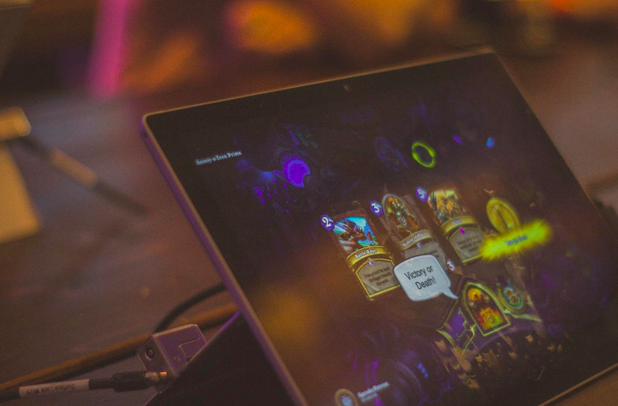The Evolution of Digital Gaming

The gaming industry has undergone a remarkable transformation, evolving from simple arcade cabinets into a multifaceted and immersive digital experience. Over the decades, technological advancements, shifting consumer preferences, and the rise of digital distribution have driven this evolution, taking gaming from arcades to consoles, PCs, and mobile apps.
From Arcade Cabinets to Home Consoles
In the early days of gaming, arcade cabinets were the dominant platform. Titles like Pac-Man, Space Invaders, and Donkey Kong defined the gaming landscape, providing a shared, social experience as players gathered to compete in high-score battles. The arcade was not just a place to play; it was a social hub where competition and community went hand in hand.
However, the release of home consoles such as the Atari 2600 in 1977 and the Nintendo Entertainment System (NES) in 1985 marked a turning point in gaming history. For the first time, players could bring the experience into their homes. This shift made gaming more accessible and convenient, while still delivering the excitement of arcade games. Console gaming allowed for longer, more complex gaming sessions and a growing variety of game genres, laying the foundation for the expansive home gaming industry that would follow.
The PC Gaming Revolution
While consoles ruled living rooms, personal computers (PCs) opened a different avenue for gaming. PCs offered a high level of customization, better graphics, and deeper, more complex games. Pioneering titles like Doom and Quake showcased the PC’s ability to deliver immersive 3D experiences that far surpassed the graphical capabilities of most consoles at the time.
PCs also introduced online multiplayer gaming, a revolutionary development that fundamentally changed the nature of how games were played. Games like StarCraft and Counter-Strike laid the groundwork for modern competitive gaming, enabling players from around the world to collaborate and compete online. This aspect of online gaming not only elevated the social and competitive aspects but also set the stage for what would eventually become the esports phenomenon.
The Rise of Mobile Gaming
The introduction of smartphones and tablets revolutionized gaming once again, making it possible to play games anywhere, at any time. Mobile gaming became a key part of digital entertainment with the release of simple yet addictive titles like Angry Birds and Candy Crush Saga. These games reached millions of players by offering accessible, easy-to-learn mechanics, attracting not just traditional gamers but a vast new audience of casual players.
One of the defining moments in mobile gaming came with the release of Pokémon Go in 2016, which brought augmented reality (AR) into the mainstream. The game combined real-world exploration with virtual gameplay, creating an interactive experience that highlighted the unique capabilities of mobile devices.
In addition to casual games, mobile devices have also supported the growth of real-money games, such as digital versions of slot machines, known as real money slots, and other casino-style games. Mobile platforms allow users to access these games conveniently, extending the reach of the real-money gaming market.
The Impact of Online Gaming and Esports
Online gaming has had a profound impact on the industry, reshaping the way people play and interact. The emergence of multiplayer online games like World of Warcraft, League of Legends, and Fortnite has created massive, connected communities. Players form teams, compete in large-scale battles, and participate in global events that have become cultural milestones.
This shift towards online multiplayer gaming also gave birth to the esports industry. What started as a niche community has grown into a global phenomenon, with professional players competing in high-stakes tournaments that draw millions of viewers and generate billions of dollars in revenue. Popular esports games like Dota 2, Overwatch, and Counter-Strike: Global Offensive have professional leagues, sponsorships, and massive fan bases, further cementing gaming as a mainstream form of entertainment.
The Future of Digital Gaming
Looking ahead, the future of gaming will be shaped by emerging technologies such as virtual reality (VR) and augmented reality (AR). These technologies offer immersive, interactive experiences that could take gaming to a whole new level. Early successes like Beat Saber for VR and Pokémon Go for AR have demonstrated the potential of these technologies to engage players in new and exciting ways. As VR headsets become more affordable and AR features are integrated into more devices, we can expect to see a new wave of innovative games that blend reality with the virtual world.
Conclusion
The evolution of digital gaming has been driven by constant innovation, from arcade cabinets to mobile apps and online multiplayer. As technology advances, gaming becomes more accessible, immersive, and social. Whether through casual mobile games, competitive esports, or VR experiences, gaming continues to thrive as a dominant force in global entertainment.



